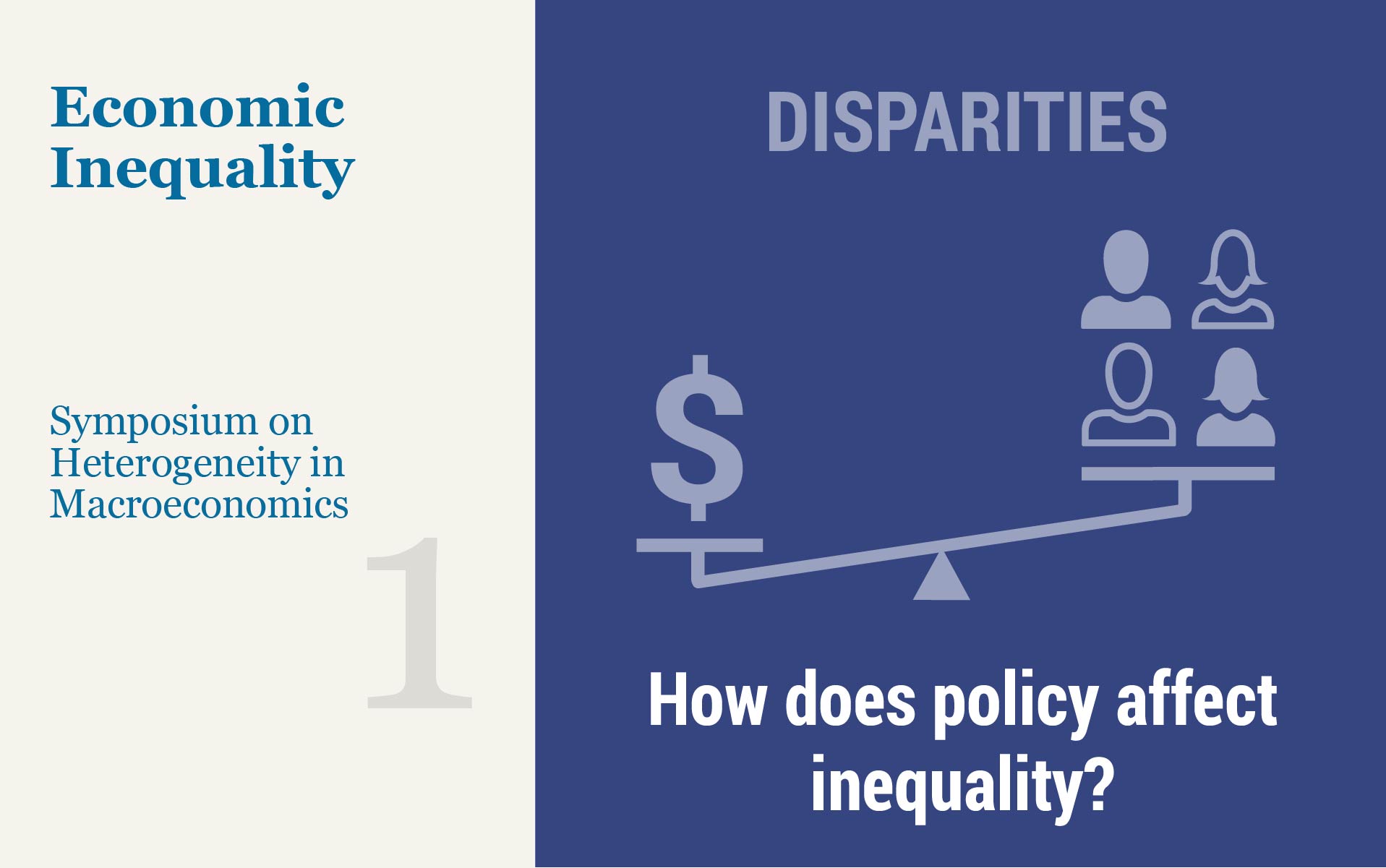
Understanding the Basics: Economics and Insurance
In the grand chess game of Finance, Insurance forms an integral part. Its intersection with Economics cannot be overlooked. The Insurance industry thrives on economic theories, funneling them into practical applications that safeguard financial well-being.
Foundations of economics in the insurance industry
Insurance leans heavily on Economics, touching on its concepts such as risk management, supply and demand, and market equilibrium.
Key principles of insurance economics
Indemnity, Insurable interest, and Risk pooling are among the fundamental principles of Economics that insurance industry deploys. Chiefly, these principles deal with risk apportionment, vested financial interest, and combined risk averages respectively. They guide the structuring of viable insurance products.
The Role of Risk in Insurance
In the intricate world of insurance, risk becomes the crux of financial protection and security. As unpredictable situations are hedged, risk management transforms these uncertainties into calculated predicable factors.
Risk management and its impact on insurance
Risk management processes revolve around identifying and mitigating potential threats. The underrated yet powerful tool of risk management significantly influences the workings and pricing models of insurance companies.
Economic factors affecting insurance premiums
Insurance premiums, on the other hand, aren’t immune to the changing economic climate. Economic factors like inflation rate, prosperity level, and other demographic characteristics govern the ebb and flow of premium rates. It’s this organic, ever-evolving link between economics and insurance that shapes the insurance landscape.
Supply and Demand in the Insurance Market
In the insurance landscape, the tenets of supply and demand become more visible. Essentially, when more people are seeking insurance, insurers escalate the supply to meet this demand.
Factors influencing supply and demand in insurance
Consumer Behavior: Increases in risky behaviors could lead to a surge in demand for insurance.
Economic implications of supply and demand dynamics
Market Fluctuations: The price and accessibility of insurance can be a direct result of changing market dynamics created by supply and demand forces.
Insurance and Financial Markets
Insurance and financial markets are deeply interconnected facets of global commerce, with effects that permeate several areas of the economy.
The relationship between insurance and financial markets
Insurance companies hold tremendous financial power due to their sheer size and volume of investments. Their role in the financial market is so pivotal that it has a ripple effect on the greater economy.
The role of economics in insurance investment strategies
Economic theory and trend analysis contribute significantly to the creation of effective insurance investment strategies. These strategies play a key role in setting the global financial scene, effectively influencing large scale economic decisions.

Economic Considerations in Insurance Policies
In the realm of insurance, economic considerations play a pivotal role. Various macroeconomic conditions considerably influence policy pricing.
Economic factors affecting policy pricing
Factors such as inflation, interest rates, and even socioeconomic conditions can sway the premium rates rendered by insurance companies. Both insurers and policyholders must pay heed to these economic waves.
The impact of economic cycles on insurance coverage
The state of the economy can have far-reaching impacts on insurance contracts, durations, and premium cost, often making insurance coverage appear as a cyclical pattern. This is a game of balance where policy adjustments are needed during boom or recession phases.
The Economics of Insurance Claims
The landscape of economic influences spans right across the insurance industry, casting immense effects on the mechanisms of insurance claims. Undeniably, the economics of insurance claims act as a daunting determinant of the costs and benefits of insurance policies, molding the financial realities faced by policyholders.
Costs, benefits, and economics of insurance claims
The costs associated with filing insurance claims often hinge on adherence to certain economic principles, making the concept of economic efficiency vital to understanding the holistic picture of insurance.
The role of economic analysis in claims assessment
Economic scrutiny possesses a pivotal role in claims assessment, throwing light on the nuanced elements of claim calculations and decisions. This examination of economic factors can help shape an efficient and equitable insurance environment.
Regulatory Measures in Insurance
Insurance regulation safeguards the public by offering financial stability, protecting the insured and ensuring reliable payouts. Now let’s dwelve into the economic implications of these regulations.
Economic impact of insurance regulations
The financial sector’s stability is primarily dependent on regulated insurance. By maintaining solvency and allowing risk dispersion, insurance regulations serve to stabilize the economy.
The role of economics in insurance policy formulation
Economic concepts, such as risk management and cost efficiency, shape insurance policy formulation. They influence the pricing of premiums, the nature of insurance services, and the development of new insurance products. Understanding these dynamics fuels informed decision-making processes within the insurance landscape.
Conclusion
The intertwined nature of economics and insurance
Indeed, insurance and economics share a deeply intertwined relationship. Economics provides critical insights into risk management, premium pricing, and market behavior, key components in the insurance industry.
Future trends at the intersection of economics and insurance
Moreover, this convergence of economics and insurance is set to evolve with emerging trends such as blockchain technology, artificial intelligence, and big data, promising a dynamic future for the industry. These innovations promise an economy where insurance adapts and thrives in the face of changing market demands. Overall, this intersection bears significance for both economic stability and insurance industry trends.


